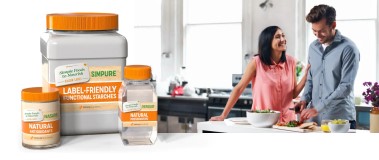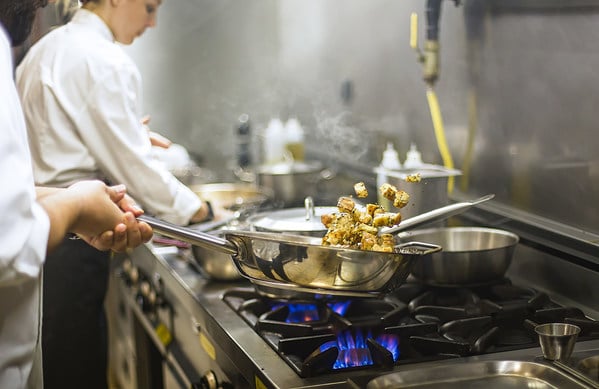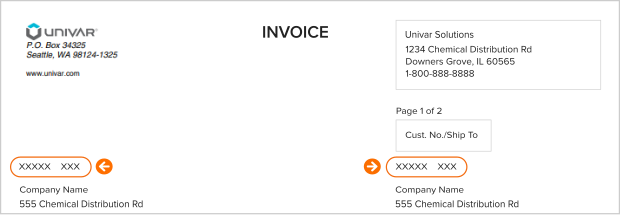We’re here to provide you with more information or help answer any questions you might have. Send us a note and we’ll get back to you as soon as possible.


The most common way for people to cook their food is through heat. Thermal processing has a great importance in terms of microbiological safety, nutritional quality, and the preferred sensory properties, such as taste, texture, color and flavor; however, unwanted chemicals can arise as problems associated with food processing techniques. Heating food can generate chemical reactions that lead to the formation of heat-induced toxic substances, in other words, thermal process contaminants. One compound that has received increased scientific interest over the recent years is acrylamide.
This contaminant is present in an extensive range of staple foods, which makes our exposure to this toxicant seemingly unavoidable. However, efforts to reduce the formation of acrylamide in food have resulted in some success. Here, we aim to summarize the occurrence of acrylamide and offer potential mitigation strategies of its formation in foods.
What is acrylamide and is it harmful in food?
In April 2002, scientists in Sweden released information on their research that had found high levels of a substance believed to cause cancer in staple foods, such as bread, rice, and potatoes, eaten by millions of people around the world. Researchers at Stockholm University’s department of environmental chemistry in cooperation with Sweden’s National Food Administration, a government food safety agency, showed that baking or frying carbohydrate-rich foods such as potatoes or cereals formed acrylamide, a substance classified as a probable human carcinogen. They also reported that foods cooked or processed at temperatures lower than about 120°C, such as boiled potatoes, did not contain detectable levels of acrylamide, and attributed this to the higher temperatures reached in Maillard nonenzymatic browning reactions required for desirable color, flavor, and aroma production. This reaction occurs when sugars and amino acids are heated above 248°F (120°C).
The chemical acrylamide, or acrylic amide, is a white, odorless, crystal compound. It has the chemical formula C3H5NO. Acrylamide is a chemical used in the manufacture of plastics, in some food packaging, as a coagulant in drinking water, and in grouts for construction of drinking water reservoirs. It is not a substance that is added to foods, yet it is still being found. Because other food, such as fruits, vegetables, meats and seafood, and beverages and other exposures such as cigarettes, can also result in acrylamide entering the human body, it is not known what percentage of the total acrylamide in a human body is from food sources.
According to the FDA, the acrylamide monomer has been implicated as a genetic and reproductive toxicant. It has also been reported to be a neurotoxin. Appropriate laboratory safety precautions should be used when working with this chemical. It is stable in acid, decomposes in base, and is sensitive to light.
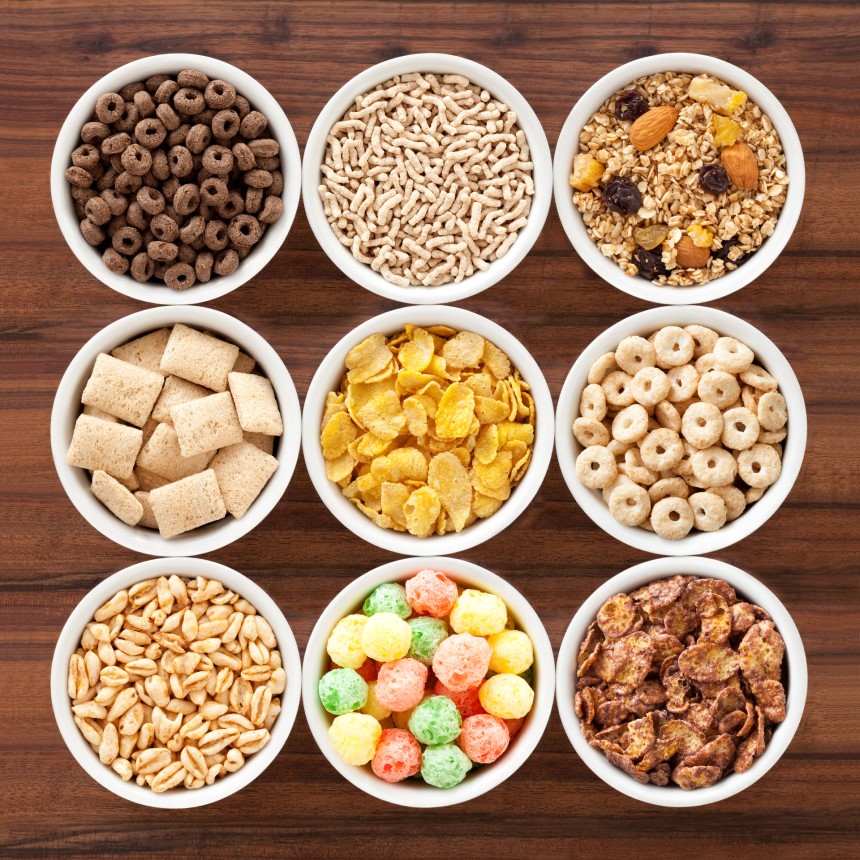

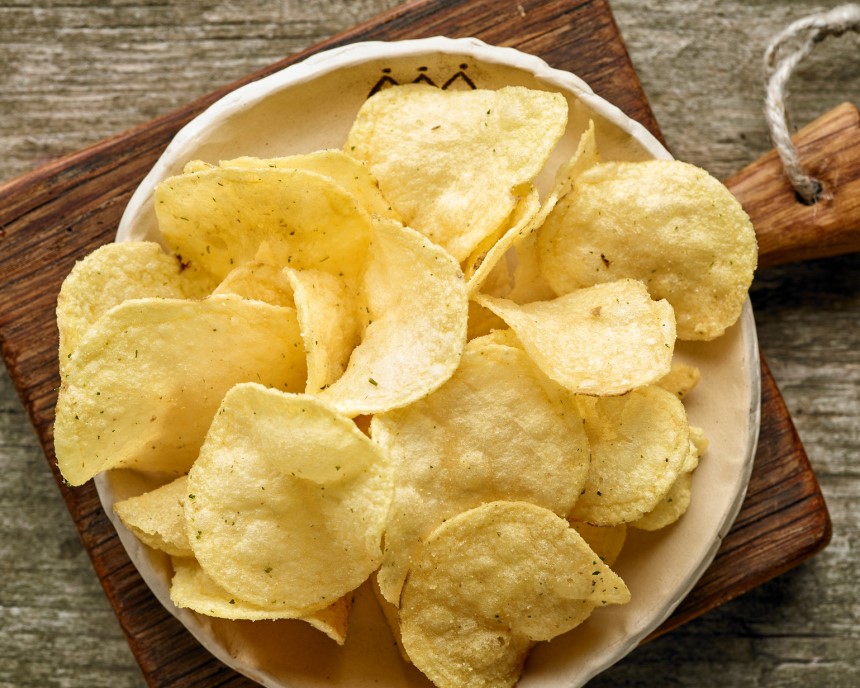

Reactions and recommendations to increase safety
The FDA's Center for Food Safety and Applied Nutrition (CFSAN) monitors contaminant levels in foods, including acrylamide, to inform FDA actions and protect public health. In 2003, the FDA developed methods to detect and quantify acrylamide, and has used this methodology to assess how much acrylamide the average U.S. consumer is exposed to through food.
To help mitigate potential human health risks, the FDA’s guidance recommends that companies be aware of the levels of acrylamide in the foods they produce and consider adopting approaches, if feasible, that reduce acrylamide in food products. The guidance also offers a range of steps that growers, manufacturers, and food service operators may take to help reduce acrylamide levels. Background on the FDA’s efforts to understand and reduce acrylamide is available on the FDA.gov. website.
Five international research groups have separately confirmed a major Maillard reaction pathway for acrylamide formation. Using elegant radiolabeling experiments, they conclusively demonstrated in model systems that significant amounts of acrylamide are formed by the high-temperature reaction of glucose and the common amino acid asparagine. Since potato products are especially high in asparagine, it is now thought that this Maillard reaction is most likely responsible for the majority of the acrylamide found in potato chips and French fries.
5 ways to reduce exposure to acrylamide in foods, according to the FDA:
- Limit foods that might be high in acrylamide, such as potato products (especially French fries and potato chips), coffee, and foods made from grains (such as breakfast cereals, cookies, and toast).
- Limit certain cooking methods, such as frying and roasting, and limit the time certain foods are cooked. Boiling and steaming do not produce acrylamide.
- Soak raw potato slices in water for 15 to 30 minutes before frying or roasting to reduce acrylamide formation during cooking. (Soaked potatoes should be drained and blotted dry before cooking to prevent splattering or fires.)
- If frying potatoes or toasting bread, cook them to a lighter color (as opposed to dark brown), which produces less acrylamide.
- Avoid storing potatoes in the refrigerator, which can result in increased acrylamide levels during cooking.
The FDA also noted that acrylamide levels peak early in the heating process of coffee and then decline. So lighter-colored coffee beans have more acrylamide than darker ones that are roasted longer. Coffee contains many other chemicals that may be beneficial to your health so completely cutting it out isn’t necessary.
Enzyme solutions for healthier, safer baking processes
Univar Solutions enzyme supplier, Novozymes, manufactures an enzyme “Acrylaway” that effectively reduces acrylamide by up to 95% in a wide variety of baked goods, breakfast cereals and coffee as well as potato based snacks. Novozymes’ Acrylaway can bypass the formation of acrylamide. It converts a specific amino acid, Asparagine, into Aspartic Acid which means that less is available to form acrylamide. The other amino acids and sugars in the food remain active to contribute to the Maillard Reaction.
If you’re ready to rethink baking processes with more sustainable solutions, contact us today and see how we can help you create safer, healthier products.
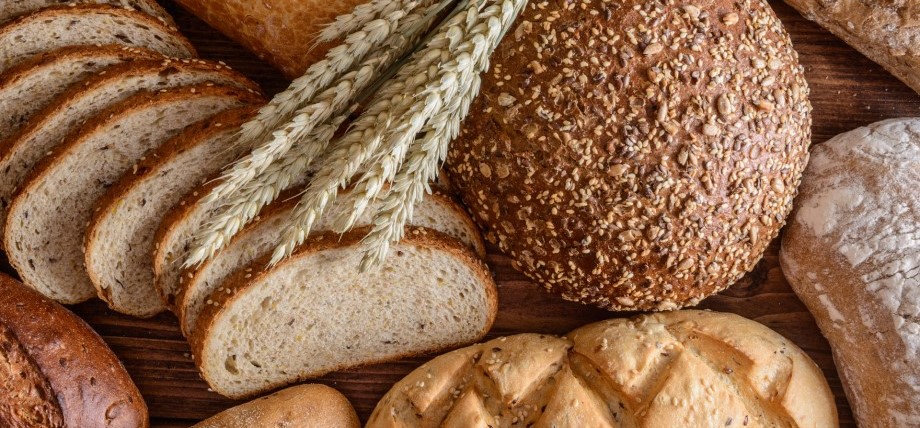

Additional Resources



